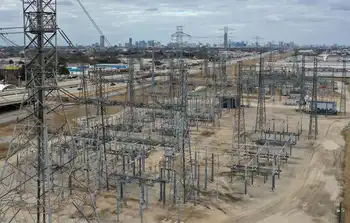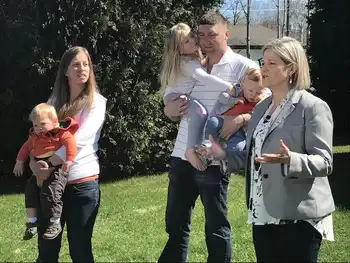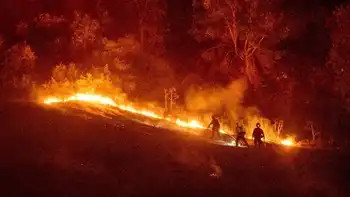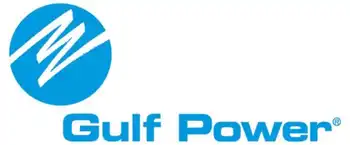Minnesota Signs Deal With Manitoba Hydro
WINNIPEG -- - The Minnesota Public Utilities Commission has unanimously approved a $1.7 billion power export deal with Manitoba Hydro.
It allows Minneapolis-based Xcel Energy to import power from Manitoba Hydro, despite the objections of aboriginal groups.
The 500-megawatt, 10-year deal was given the go-ahead.
It's an extension of an existing deal and will allow power to be exported until 2015.
Approval by Canada's National Energy Board is pending.
The Minnesota decision is a blow to the Pimicikamak Cree Nation of Cross Lake, Manitoba. They had asked the commission to first call a formal hearing into the social and economic impact of historic hydro development on their homeland.
Related News
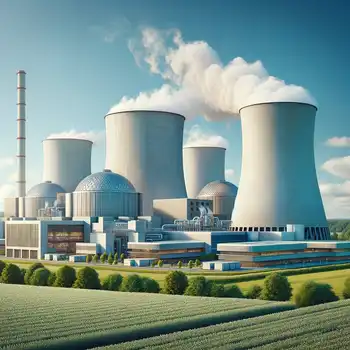
Is a Resurgence of Nuclear Energy Possible in Germany?
BERLIN - Germany Nuclear Phase-Out reflects a decisive energy policy shift, retiring reactors as firms shun new builds amid high costs, radioactive waste challenges, climate goals, insurance gaps, and debate over small modular reactors and subsidies.
Key Points
Germany's policy to end nuclear plants and block new builds, emphasizing safety, waste, climate goals, and viability.
✅ Driven by safety risks, waste storage limits, and insurance gaps
✅ High capital costs and subsidies make new reactors uneconomic
✅ Political debate persists; SMRs raise cost and proliferation concerns
A year has passed since Germany deactivated its last…

